Home>Gardening & Outdoor>Landscaping Ideas>When To Spray New Grass For Weeds
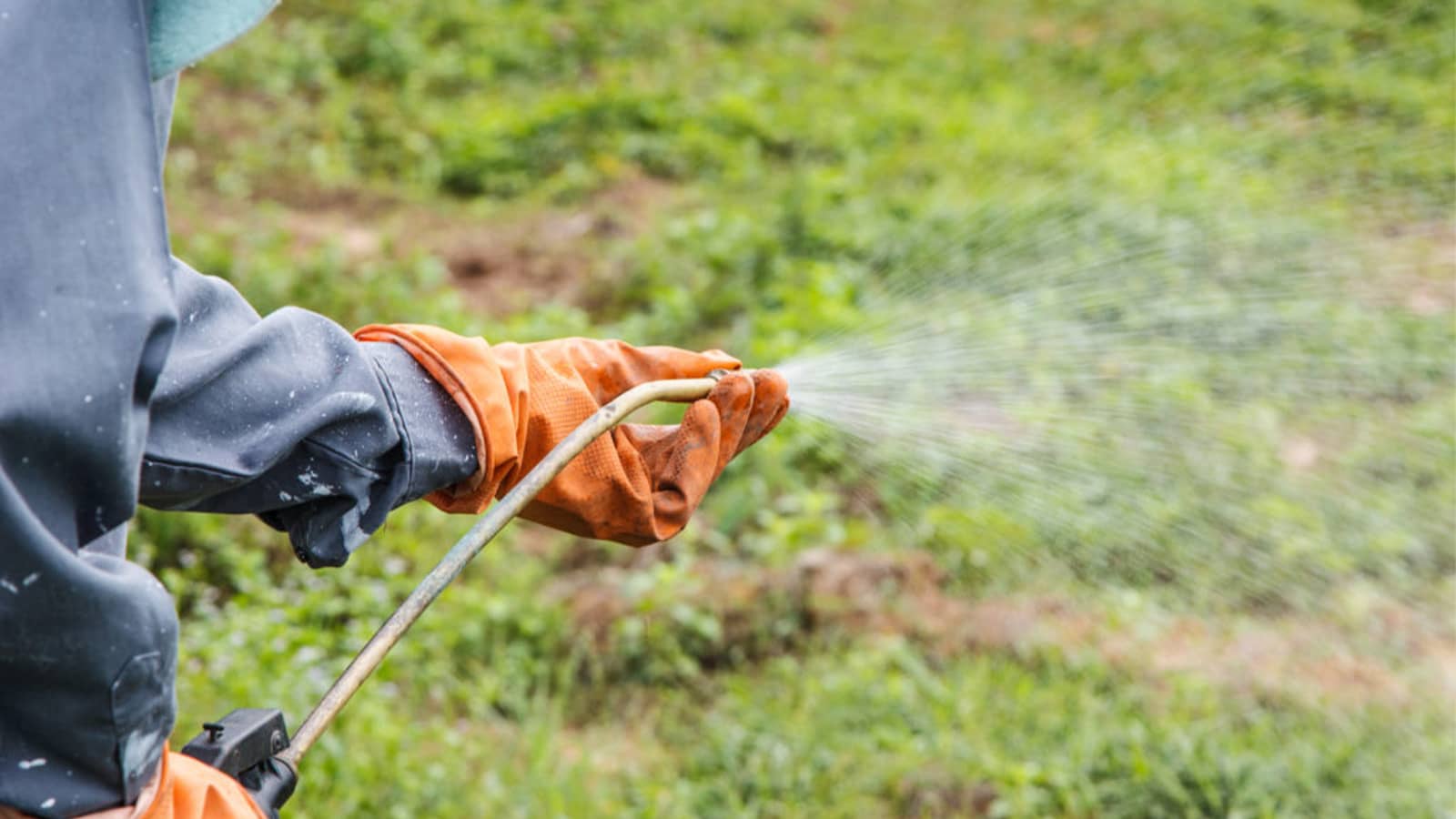

Landscaping Ideas
When To Spray New Grass For Weeds
Published: January 29, 2024
Learn when to spray new grass for weeds and get effective landscaping ideas to keep your lawn healthy and weed-free. Expert tips for maintaining new grass.
(Many of the links in this article redirect to a specific reviewed product. Your purchase of these products through affiliate links helps to generate commission for Storables.com, at no extra cost. Learn more)
Introduction
So, you've just planted new grass and eagerly anticipate a lush, vibrant lawn. However, pesky weeds may have other plans, threatening to overrun your fledgling grass. Fear not! With the right knowledge and timing, you can effectively combat weeds while nurturing your new grass to thrive.
In this comprehensive guide, we'll delve into the crucial aspects of weed control in new grass, offering insights into the optimal timing for weed control applications and the best practices for achieving a weed-free lawn without compromising the health of your new grass.
Whether you're a seasoned gardener or a novice enthusiast, understanding the intricacies of weed control in new grass is essential for fostering a resilient and visually appealing lawn. So, let's embark on this enlightening journey to empower you with the knowledge and confidence to tackle weeds and safeguard the vitality of your new grass.
Key Takeaways:
- Timing is crucial for weed control in new grass, aligning interventions with growth stages and weather conditions for effective management.
- Selective herbicides and precise application techniques are essential for combating weeds while nurturing new grass to maturity.
Read more: When To Use Weed And Feed On New Grass
Understanding the Growth Stages of New Grass
Before diving into weed control strategies, it’s vital to comprehend the growth stages of new grass. This knowledge will inform your approach to weed management, ensuring that your interventions align with the grass’s developmental needs.
Germination and Establishment: The initial stage of new grass involves germination, where the seeds sprout and begin to establish roots. During this critical phase, the grass is particularly vulnerable to weed competition, as the sparse coverage leaves ample space for weeds to encroach. It’s essential to monitor the area closely and address any emerging weeds promptly to prevent them from impeding the grass’s establishment.
Seedling Growth: As the grass seedlings develop, they gradually form a denser turf. While the grass gains strength and resilience, it’s still susceptible to weed infestation. Vigilance is key during this phase, as weeds can hinder the grass’s growth and diminish its overall health.
Maturation: Once the grass reaches maturity and achieves a more robust coverage, it becomes more adept at fending off weeds. However, it’s crucial to remain attentive to any weed encroachment, as even established grass can be compromised by aggressive weed species.
By understanding these growth stages, you can tailor your weed control efforts to coincide with the grass’s vulnerabilities and strengths. This proactive approach will bolster the new grass’s resilience and minimize the impact of weeds, paving the way for a thriving and resilient lawn.
Identifying Common Weeds in New Grass
Recognizing common weeds that infiltrate new grass is pivotal in devising an effective weed control strategy. By familiarizing yourself with prevalent weed species, you can employ targeted measures to thwart their proliferation and preserve the pristine appearance of your burgeoning lawn.
Dandelions: These broadleaf weeds are easily identifiable by their distinctive yellow flowers and serrated leaves. Dandelions can quickly colonize new grass, posing a formidable challenge to its establishment.
Crabgrass: A notorious intruder in new lawns, crabgrass thrives in sunny, bare patches of soil. Its low-growing, sprawling nature enables it to outcompete developing grass, necessitating prompt intervention to prevent its spread.
Clover: Characterized by its trifoliate leaves and white, globe-shaped flower clusters, clover is a persistent weed that can infiltrate new grass, particularly in nitrogen-deficient soil. Its rapid spread can impede the growth of young grass plants, necessitating targeted eradication methods.
Chickweed: This low-growing weed forms dense mats of foliage, suffocating the surrounding grass. Its rapid proliferation and resilience make it a common nuisance in new lawns, necessitating proactive measures to curtail its advancement.
By familiarizing yourself with these common weeds and their distinct characteristics, you can swiftly identify and address any incursions in your new grass. This proactive approach will enable you to intervene early, mitigating the impact of weeds and fostering a healthy, unblemished lawn.
Factors to Consider Before Spraying for Weeds
Before embarking on weed control measures in new grass, it’s imperative to consider several key factors that can influence the efficacy and safety of weed management interventions. By carefully assessing these elements, you can devise a targeted and responsible approach to weed control, safeguarding the health and vitality of your new grass.
Grass Maturity: The developmental stage of the new grass is a crucial consideration when planning weed control. Young, tender grass may be sensitive to certain herbicides, necessitating a cautious approach to avoid inadvertently harming the grass during weed treatment.
Weed Species: Identifying the specific weed species infesting your new grass is essential for selecting the most appropriate herbicidal treatments. Different herbicides target specific weed types, ensuring effective control while minimizing the impact on desirable grass species.
Environmental Conditions: Assessing the prevailing weather conditions is vital before applying herbicides. Ideally, choose a day with mild temperatures and minimal wind to minimize the risk of herbicide drift and optimize the absorption of the treatment by the weeds.
Soil Health: The condition of the soil in your new grass area can influence the effectiveness of weed control measures. Assess the soil’s pH, nutrient levels, and moisture content to determine the optimal conditions for applying herbicides and supporting the grass’s overall health.
Application Equipment: Utilizing the appropriate application equipment, such as sprayers or spreaders, is crucial for achieving even coverage and precise targeting of weeds. Calibrating the equipment according to the herbicide’s specifications ensures optimal efficacy while minimizing waste and potential harm to the grass.
By carefully considering these factors before initiating weed control measures, you can tailor your approach to suit the unique characteristics of your new grass and the prevailing environmental conditions. This thoughtful preparation will maximize the effectiveness of weed management while nurturing the health and vigor of your developing lawn.
Wait until the new grass has been mowed at least 3 times before spraying for weeds. This allows the grass to establish and be more tolerant to the herbicide.
Best Timing for Weed Control in New Grass
Timing is paramount when implementing weed control measures in new grass, as strategic interventions can mitigate weed encroachment without compromising the grass’s establishment and growth. By aligning weed management activities with the optimal timing, you can effectively suppress weed growth and nurture a robust, unblemished lawn.
Pre-Emergent Weed Control: For preemptive weed management, consider applying pre-emergent herbicides before weed seeds germinate. Timing is critical, as these herbicides form a barrier in the soil, preventing weed seeds from sprouting and establishing. Ideally, apply pre-emergent treatments in early spring or fall, prior to the anticipated germination of weed seeds.
Post-Emergent Weed Control: When addressing existing weeds in new grass, timing the application of post-emergent herbicides is crucial for optimal efficacy. Aim to treat actively growing weeds during their vulnerable growth stages, typically in the spring or early summer when weeds are actively proliferating. Avoid applying herbicides during periods of stress for the grass, such as extreme heat or drought, to minimize potential damage.
Grass Growth Stage: Consider the developmental stage of the new grass when planning weed control activities. Newly seeded or sodded grass may necessitate a more cautious approach, as young grass is particularly sensitive to herbicidal treatments. Established grass, on the other hand, can withstand herbicide applications more effectively, provided the treatment aligns with the grass’s growth stage.
Weather Conditions: Optimal weather conditions are pivotal for successful weed control. Choose a day with mild temperatures and minimal wind to ensure that herbicides are applied under favorable circumstances. Avoid treating weeds during periods of rainfall, as the herbicide may be washed away before it can take effect.
By meticulously timing your weed control interventions to coincide with the grass’s growth stages and the weed species’ vulnerabilities, you can effectively manage weed infestations while nurturing the health and vigor of your new grass. This strategic approach maximizes the impact of weed control measures, fostering a thriving and resilient lawn.
Read more: When To Use Weed Killer On New Grass
Choosing the Right Herbicide for New Grass
When combating weeds in new grass, selecting the appropriate herbicide is pivotal for achieving effective weed control while safeguarding the health of the developing grass. By understanding the different types of herbicides and their suitability for specific weed species and grass varieties, you can make informed choices to preserve the integrity and vitality of your new lawn.
Selective vs. Non-Selective Herbicides: Selective herbicides target specific weed types while minimizing harm to desirable grass species. These herbicides are ideal for new grass, as they allow you to combat weeds without compromising the health of the developing turf. Non-selective herbicides, in contrast, eradicate a broad spectrum of plants and should be used with caution to avoid unintended damage to the new grass.
Pre-Emergent vs. Post-Emergent Herbicides: Pre-emergent herbicides are applied before weed seeds germinate, forming a barrier in the soil to prevent weed establishment. These herbicides are beneficial for preemptive weed control in new grass. Post-emergent herbicides, on the other hand, target actively growing weeds and are applied after weed emergence, effectively addressing existing weed infestations.
Grass Compatibility: Consider the compatibility of the herbicide with the type of grass in your lawn. Certain herbicides may be better suited for specific grass varieties, while others can be safely applied to a broad range of turf species. Verify the herbicide’s compatibility with your new grass to avoid potential damage or stunted growth.
Weed Spectrum: Assess the predominant weed species in your new grass area to determine the most effective herbicidal treatment. Different herbicides target specific weed types, such as broadleaf weeds or grassy weeds, ensuring targeted and efficient weed control without adversely affecting the developing grass.
Environmental Considerations: Factor in environmental considerations when selecting herbicides for new grass. Opt for herbicides with low toxicity and minimal environmental impact, and adhere to application guidelines to prevent herbicide runoff or contamination of water sources.
By carefully evaluating these factors and selecting the most suitable herbicide for your new grass, you can effectively combat weeds while nurturing the health and vibrancy of the developing turf. This discerning approach to herbicide selection ensures that your weed control efforts align with the specific needs of your new lawn, fostering a resilient and visually appealing grassy expanse.
Application Techniques for Weed Control in New Grass
Implementing precise and effective application techniques is pivotal for successful weed control in new grass. By adhering to best practices and employing strategic methods, you can optimize the impact of herbicidal treatments while minimizing potential harm to the developing turf. Here are key techniques to consider when applying weed control measures in new grass:
Even Coverage: Ensuring uniform coverage of the herbicidal treatment is essential for targeting weeds effectively while minimizing the risk of over-application in certain areas. Utilize calibrated sprayers or spreaders to achieve consistent coverage across the entire lawn, addressing weed infestations comprehensively.
Spot Treatment: For localized weed infestations within the new grass, spot treatment with a selective herbicide can effectively eradicate weeds without exposing the entire lawn to unnecessary herbicidal application. This targeted approach minimizes the impact on the surrounding grass while addressing specific weed hotspots.
Timing of Application: Plan herbicide application during periods of minimal wind to prevent herbicide drift, which can inadvertently affect non-target plants. Additionally, aim to apply herbicides when rain is not imminent, allowing the treatment to adhere to the weed foliage and soil for optimal efficacy.
Adherence to Guidelines: Follow the manufacturer’s guidelines and recommended application rates for the chosen herbicide meticulously. Adhering to these specifications ensures that the herbicide is applied at the appropriate concentration, maximizing its effectiveness while minimizing potential harm to the new grass.
Post-Application Care: After applying herbicidal treatments, monitor the lawn closely for any signs of herbicide damage or adverse reactions in the grass. Providing adequate irrigation following herbicide application can aid in the assimilation of the treatment by the weeds while supporting the recovery of the grass.
Protective Measures: When applying herbicides, employ protective gear, such as gloves and goggles, to safeguard yourself from potential contact with the treatment. Additionally, prevent pets and children from accessing treated areas until the herbicide has dried to prevent unintended exposure.
By implementing these meticulous application techniques and adhering to responsible practices, you can effectively manage weed infestations in new grass while nurturing the health and vitality of the developing lawn. This conscientious approach to weed control application ensures that your new grass thrives, unencumbered by invasive weeds, and flourishes into a lush and resilient expanse.
Conclusion
Successfully nurturing new grass to maturity involves proactive weed control measures that safeguard the grass’s growth while thwarting invasive weeds. By understanding the growth stages of new grass and identifying common weeds that pose a threat, you can tailor your weed control strategies to align with the specific needs of your developing lawn.
Before initiating weed control activities, carefully consider factors such as grass maturity, weed species, environmental conditions, soil health, and application equipment to ensure that your interventions are targeted and conducive to the grass’s well-being. By doing so, you can mitigate weed encroachment while fostering the robust growth of your new grass.
Timing is critical when implementing weed control, with pre-emergent and post-emergent treatments strategically applied to coincide with the grass’s growth stages and the vulnerabilities of specific weed species. By choosing the right herbicide and employing precise application techniques, you can effectively manage weed infestations while nurturing the health and vibrancy of your new lawn.
Ultimately, the successful cultivation of new grass hinges on a harmonious balance between weed control and grass care. By integrating these practices, you can foster a resilient and visually captivating lawn that serves as a testament to your meticulous care and dedication.
Armed with this comprehensive guide, you are empowered to navigate the intricacies of weed control in new grass with confidence and expertise. Embrace the journey of cultivating a thriving lawn, and let the lush expanse of your new grass stand as a testament to your horticultural prowess and unwavering commitment to nurturing natural beauty.
Frequently Asked Questions about When To Spray New Grass For Weeds
Was this page helpful?
At Storables.com, we guarantee accurate and reliable information. Our content, validated by Expert Board Contributors, is crafted following stringent Editorial Policies. We're committed to providing you with well-researched, expert-backed insights for all your informational needs.
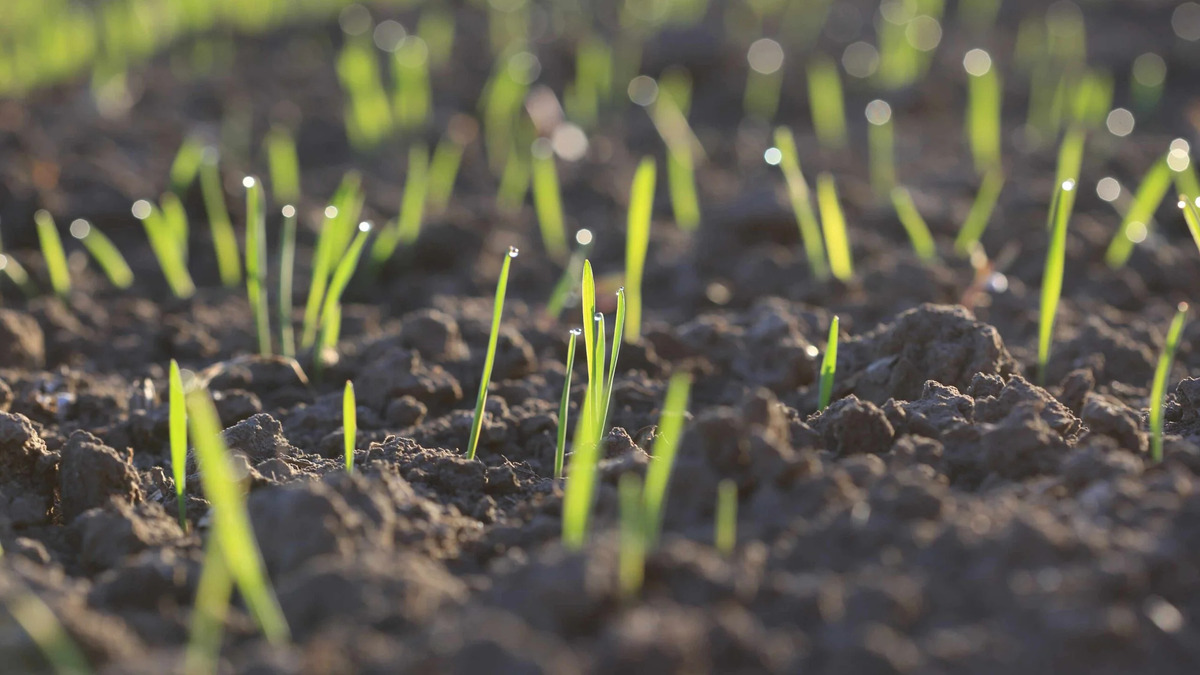
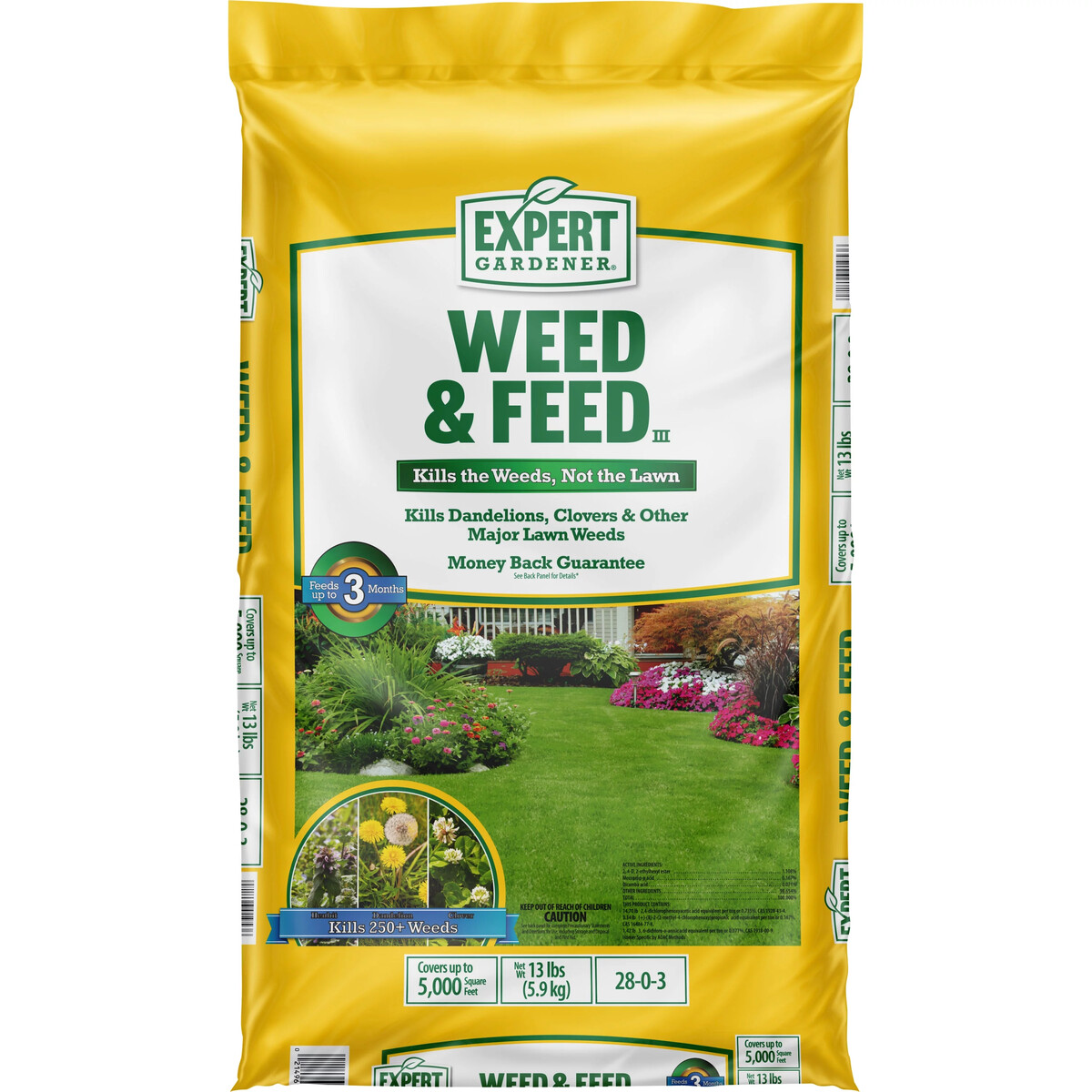

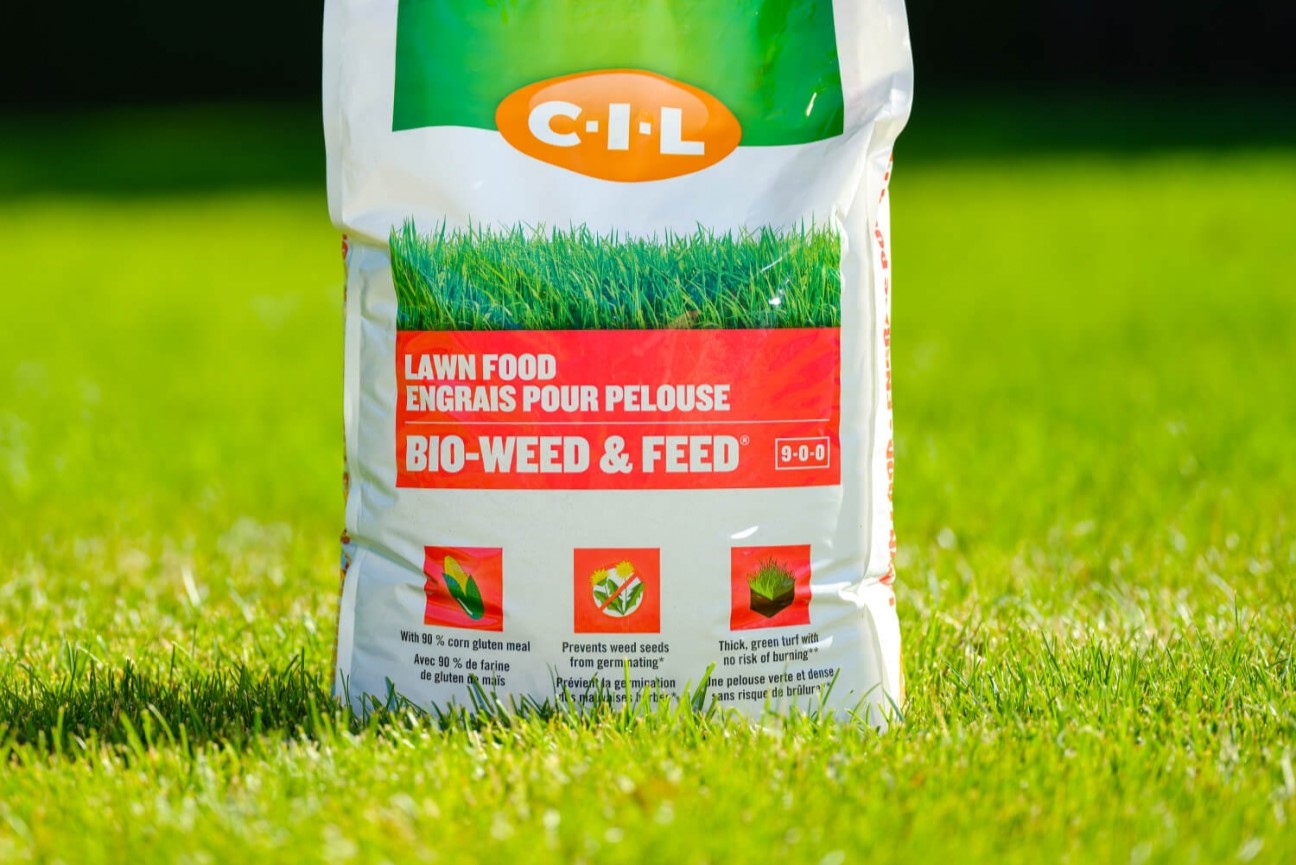

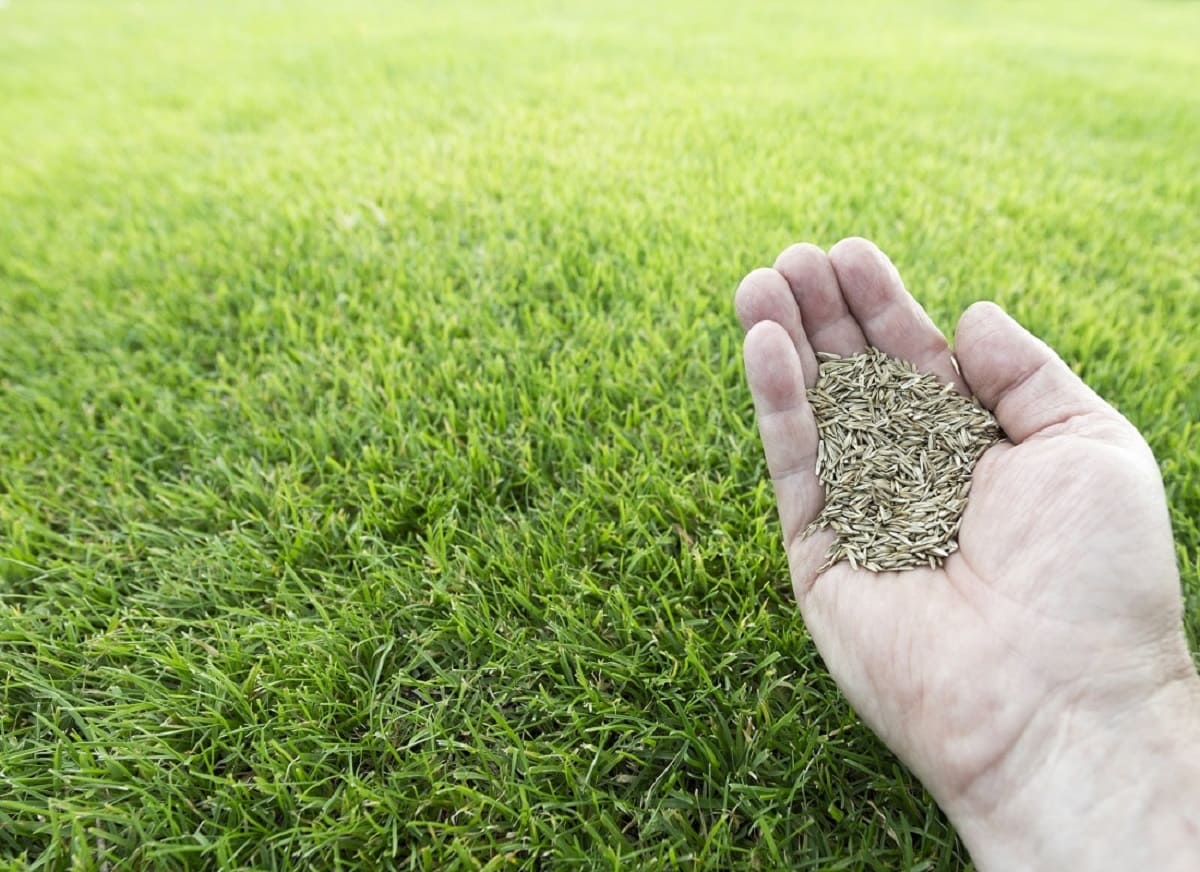
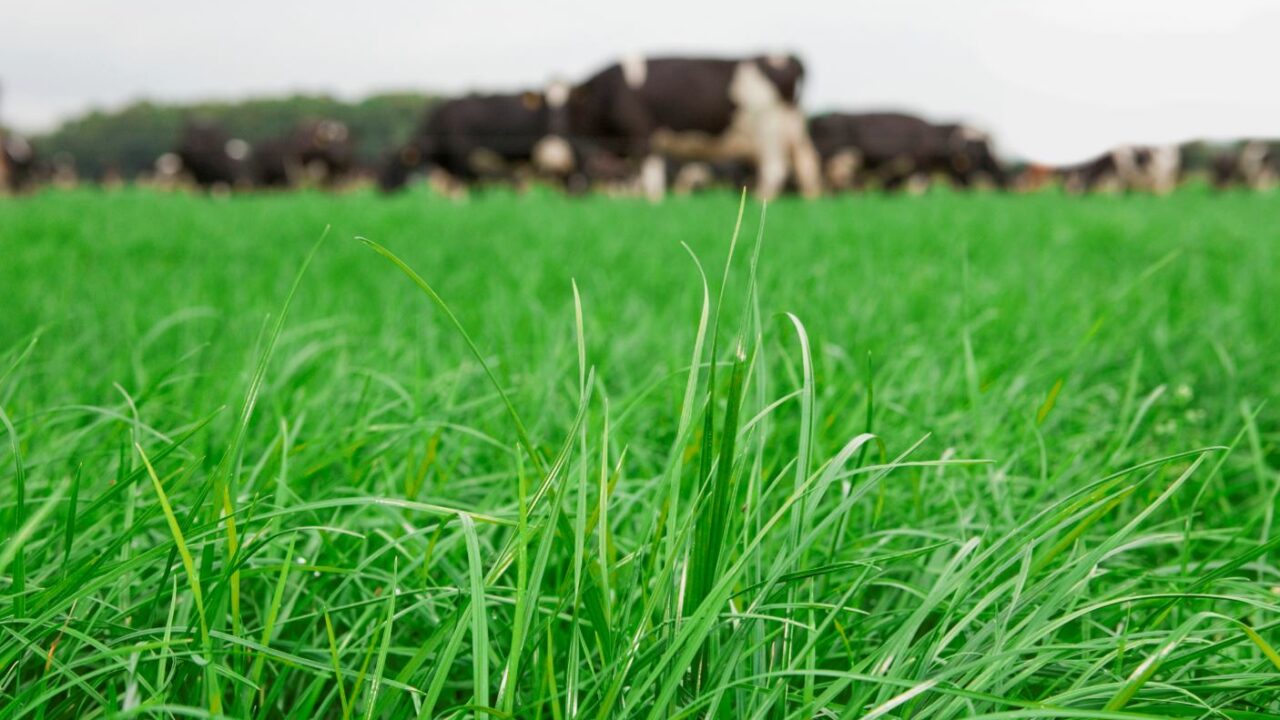
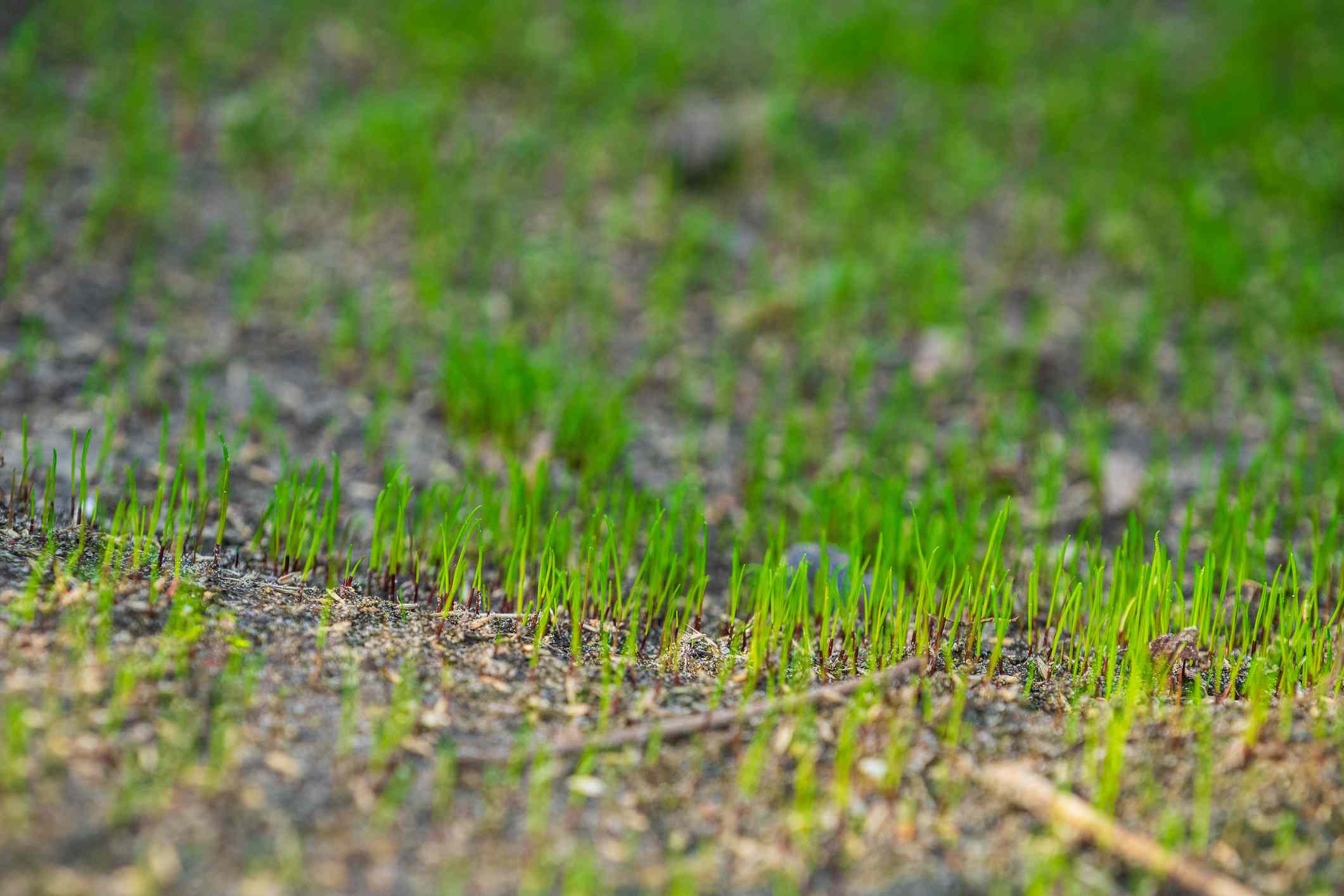

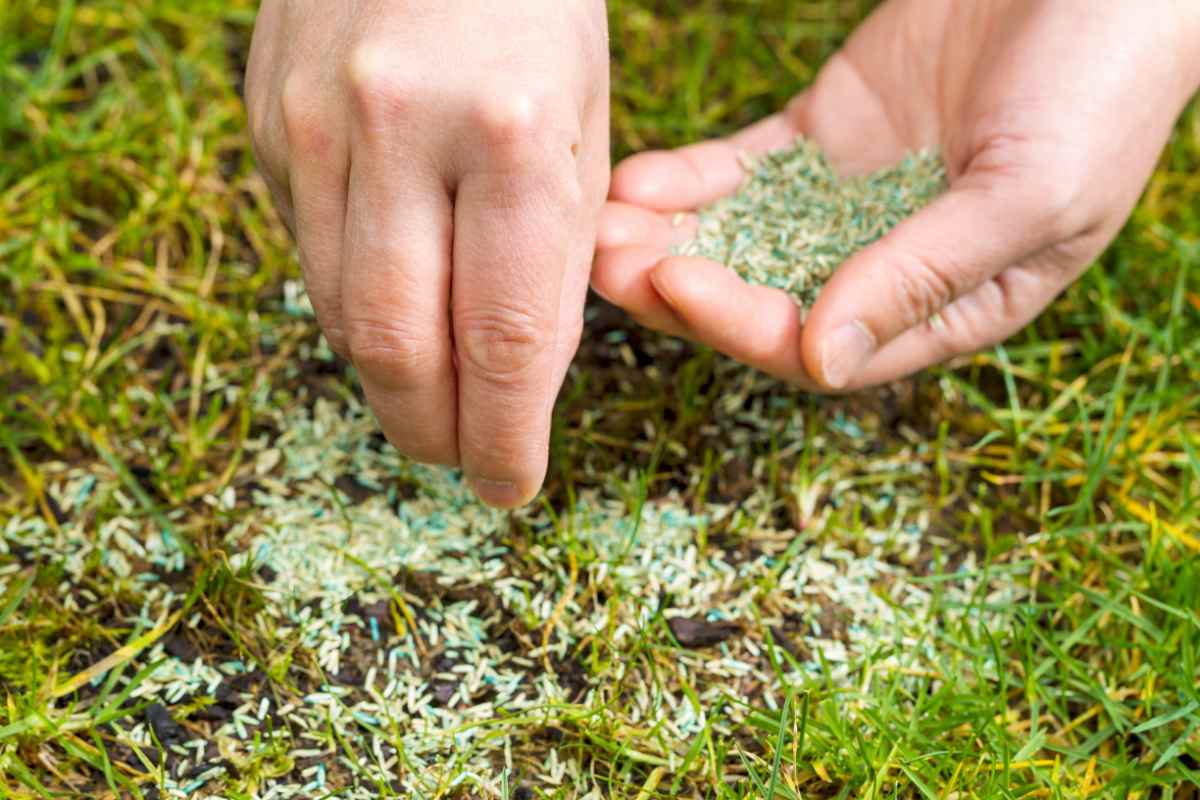
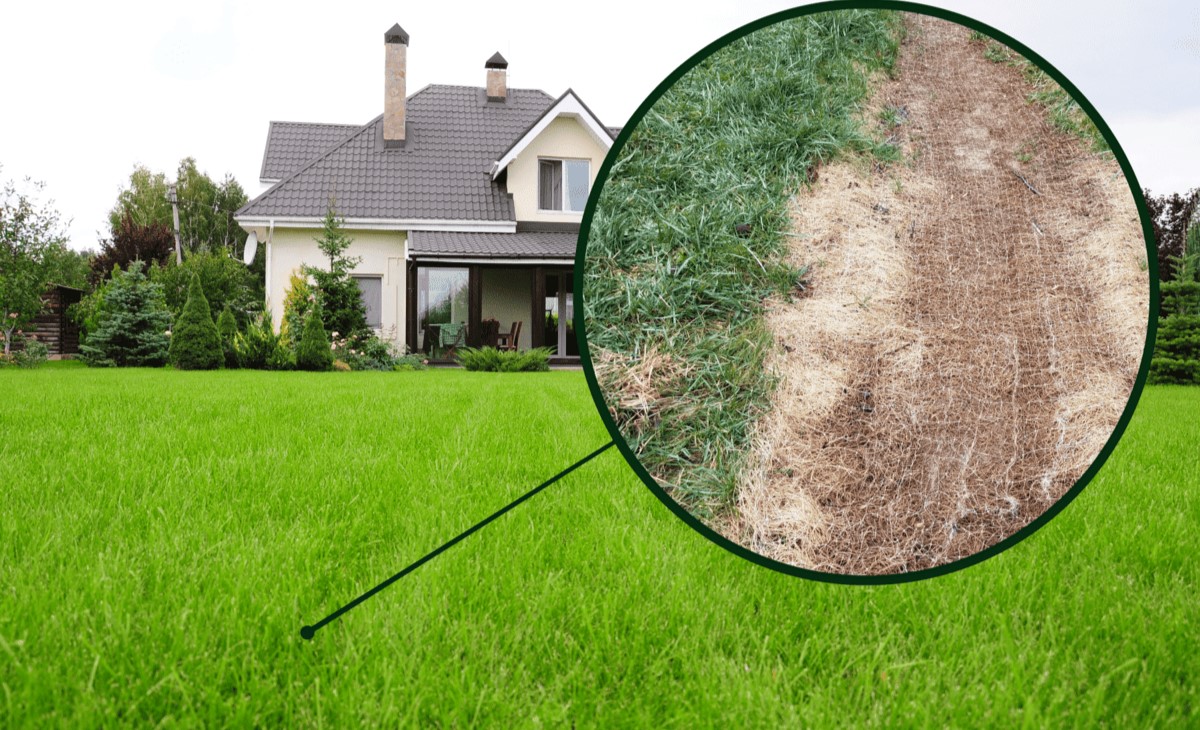
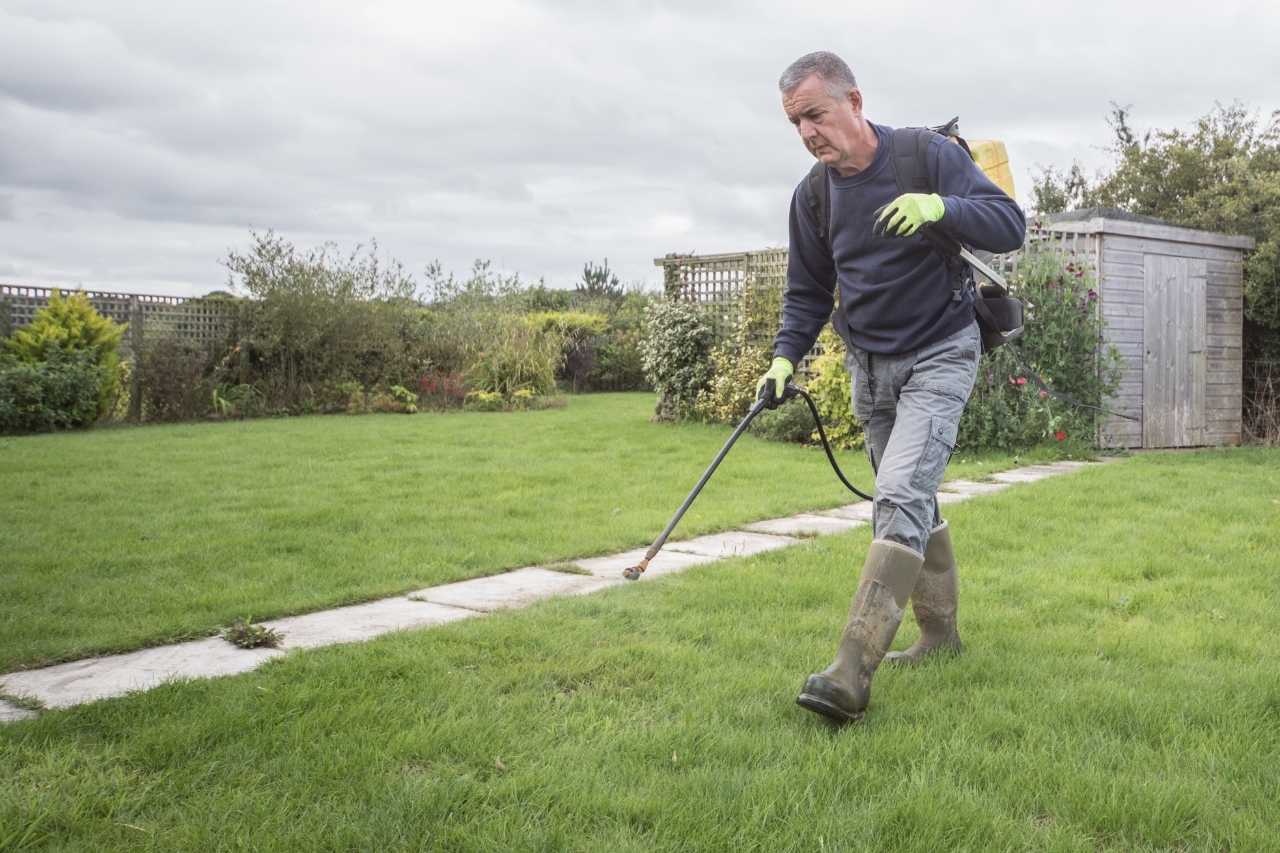



0 thoughts on “When To Spray New Grass For Weeds”